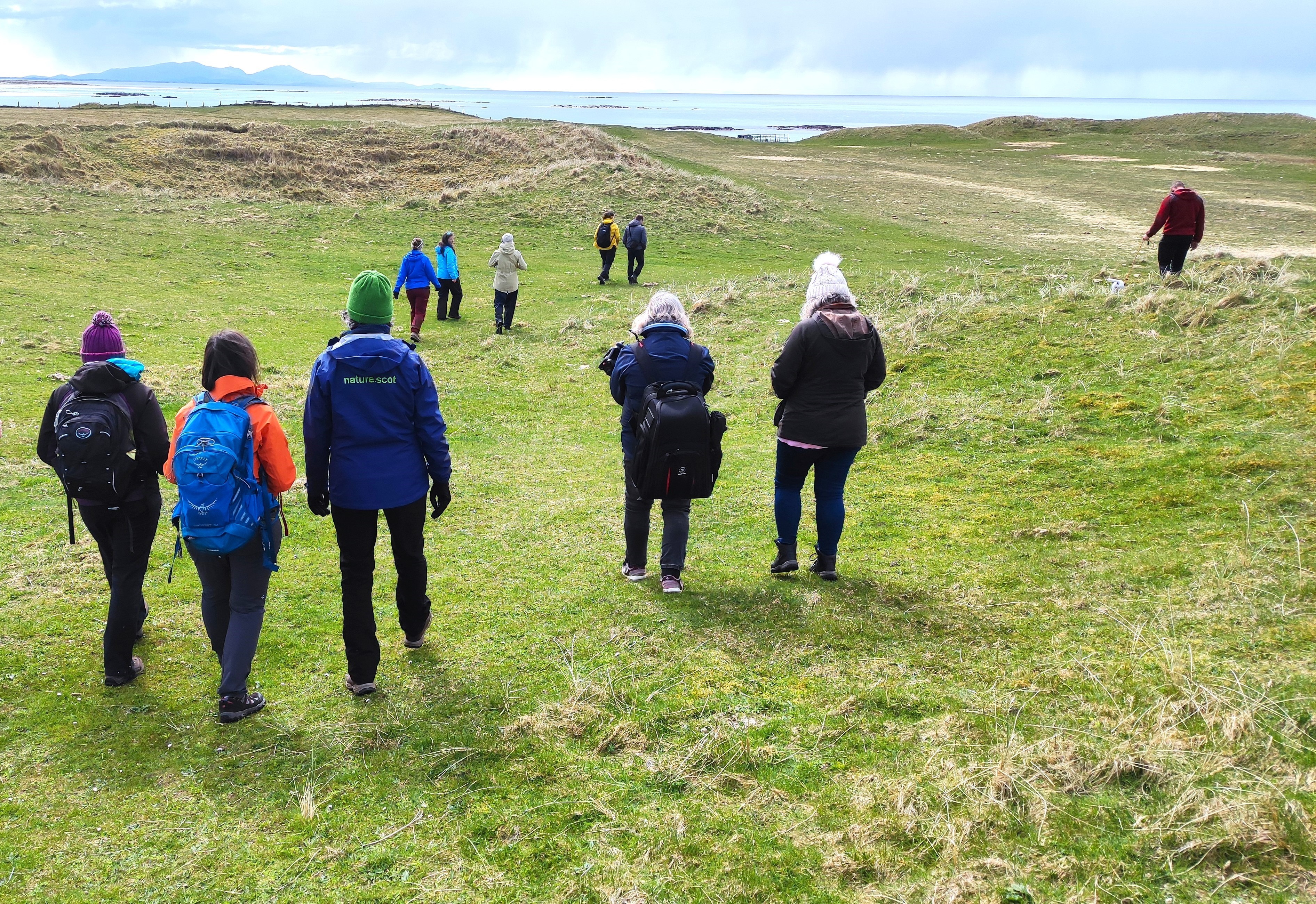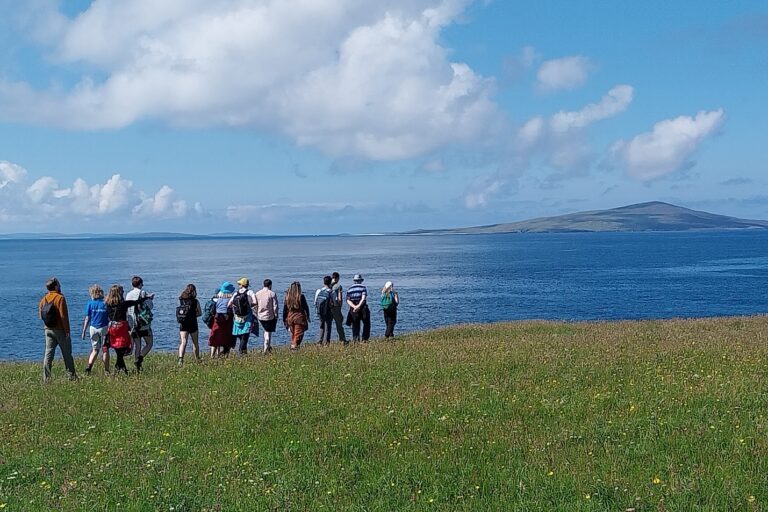By Eilidh Ross, Species on the Edge Communications Manager
If there’s one thing that’s becoming more and more apparent here at Species on the Edge, and that was particularly highlighted at our team conference last week, is just how special, efficient, and impactful our partnership approach to species conservation is.
The biodiversity crisis is something we all face, and something that conservation charities, groups and organisations all over the country are fighting hard to tackle. But with action required in every nook and cranny of Scotland’s mainland and islands, and, like anything, with limited staff and resources, how do we halt biodiversity decline and secure a future for our most vulnerable species? Here at Species on the Edge we believe that the answer, at least in part, is collaboration.
What do we mean when we say ‘partnership-working’?
Species on the Edge brings together eight conservation organisations from across the sector to share staff, resources and expertise to deliver multi-species conservation action. But what does this mean in practice?
It means that you don’t need a butterfly expert from Butterfly Conservation, a bee expert from Bumblebee Conservation Trust, a bird expert from RSPB Scotland, an invertebrate expert from Buglife – The Invertebrate Conservation Trust, an amphibian expert from Amphibian and Reptile Conservation, a plant expert from Plantlife Scotland and a bat expert from Bat Conservation Trust in every corner of Scotland for targeted, expert-led conservation action.
It means we can share expertise, spreading out tasks across the partnership, with Species on the Edge officers taking action for a range of vulnerable species in their area, whether that’s birds, bees beetles or bats.
It means that we have RSPB officers surveying beetles in Shetland, a Bat Conservation officer taking action for wading birds in Skye, a Buglife officer teaching school children about butterflies in Carnoustie, a Butterfly Conservation officer surveying east coast sea cliffs for the rare purple oxytropis plant, Plantlife officers leading bumblebee walks on the north coast, Bumblebee Conservation Trust and NatureScot officers surveying Irish Lady’s tresses orchids in the Outer Hebrides and our Amphibian and Reptile Conservation officer leading bat walks on the Solway coast.
It means that conservation efforts across Scotland’s coasts and islands are more efficient and impactful than they’ve ever been.
We hope that Species on the Edge is just the beginning of a movement towards greater collaboration within the conservation sector. We’re all fighting the same fight – let’s do it together.




